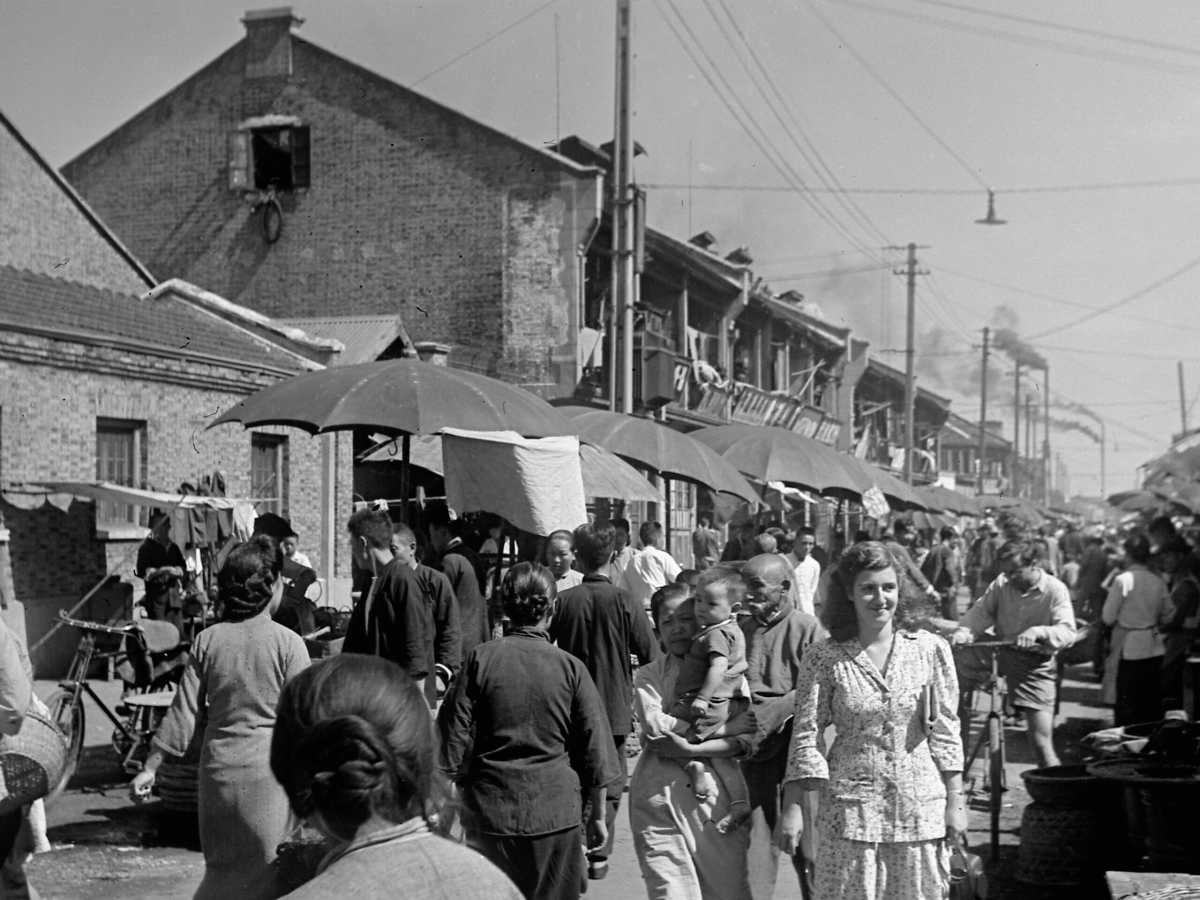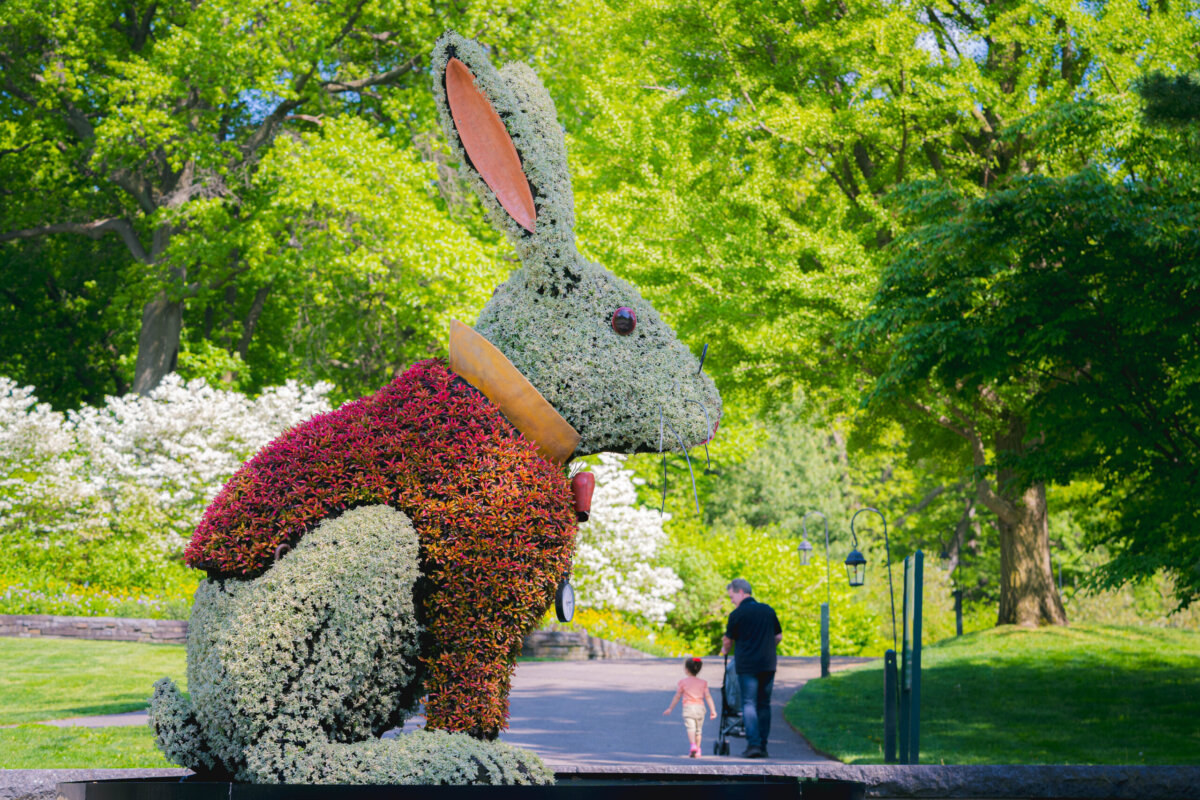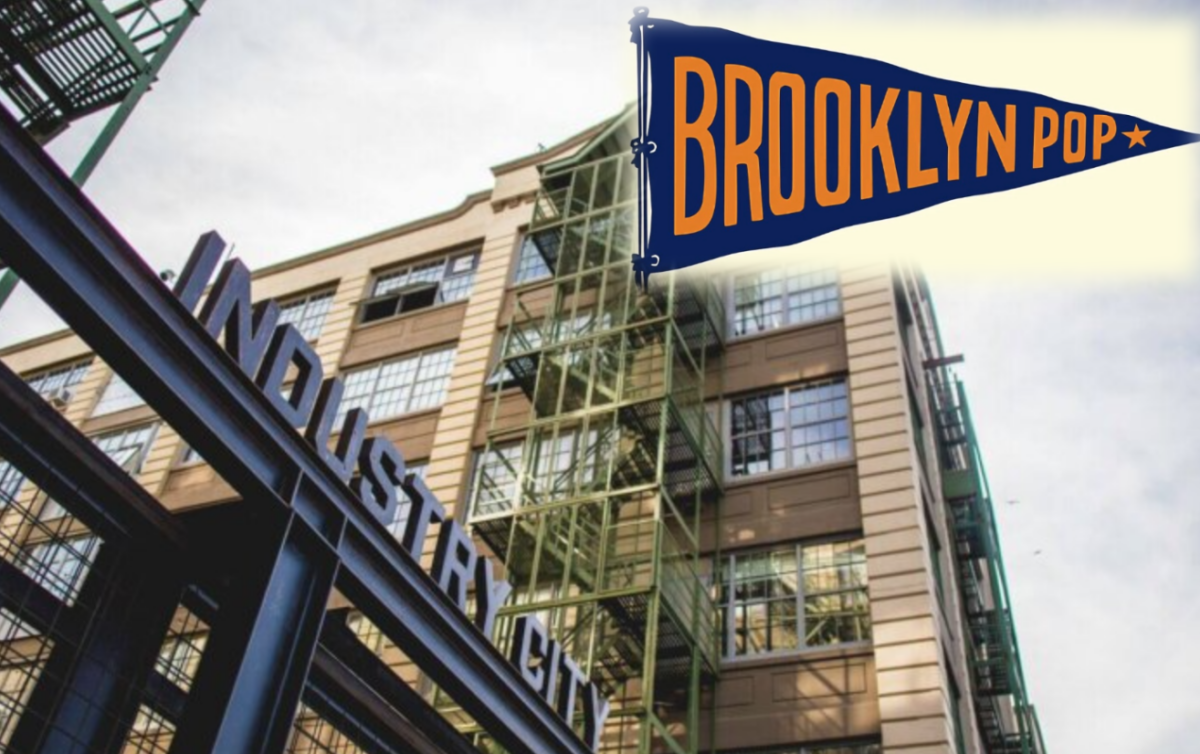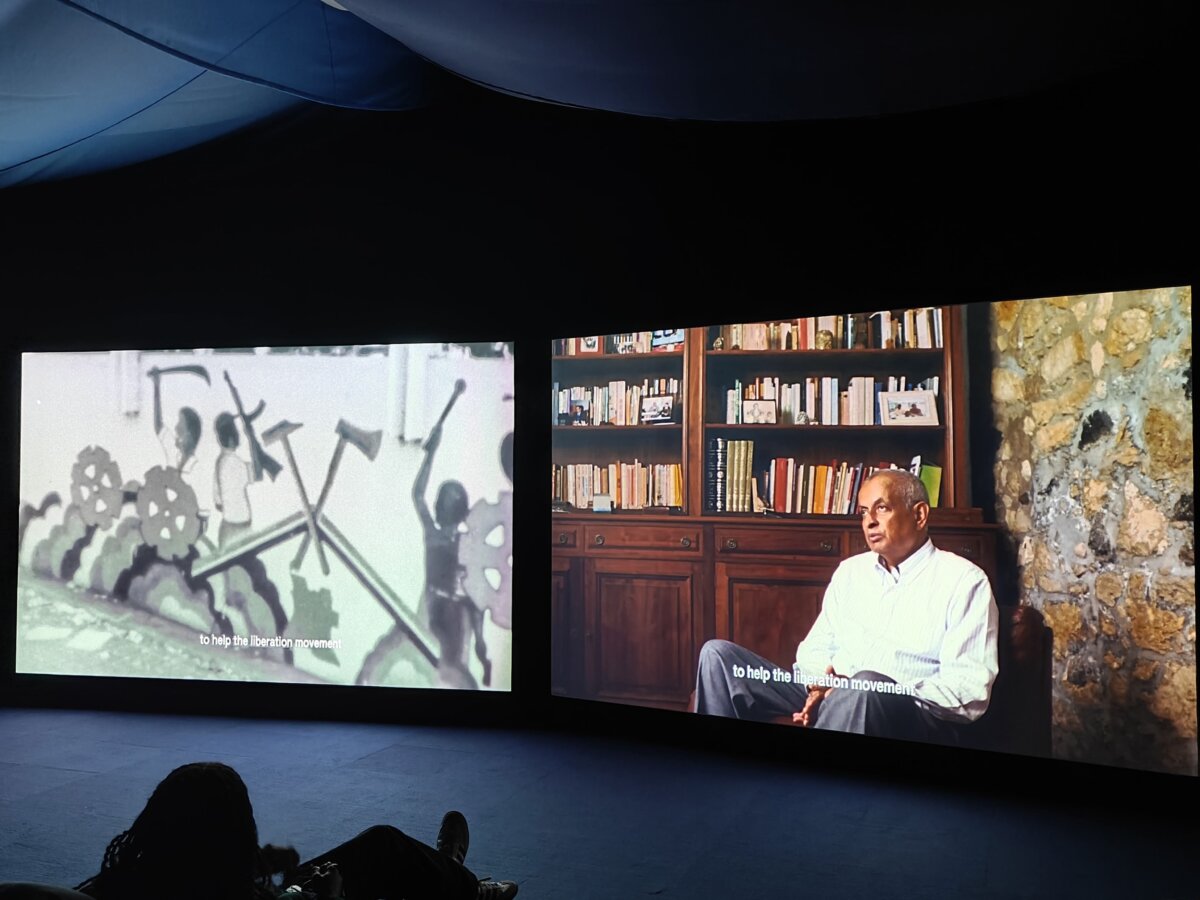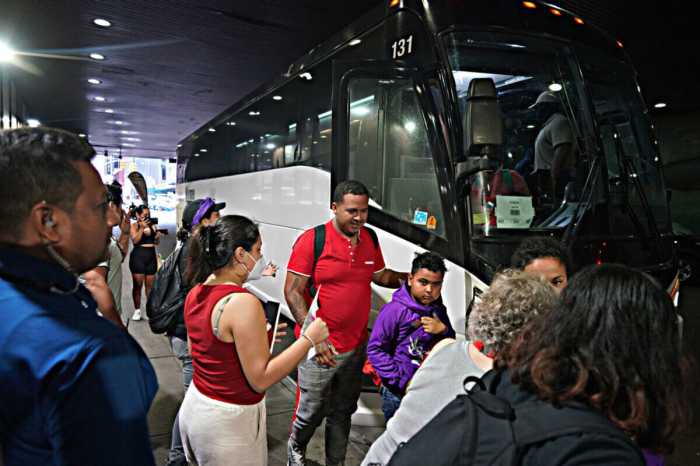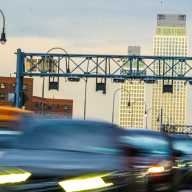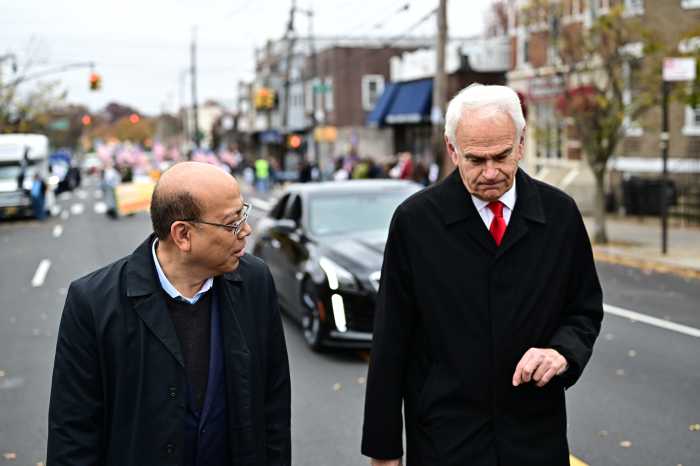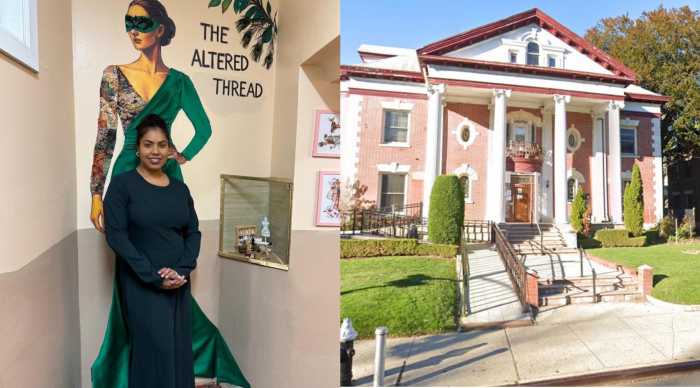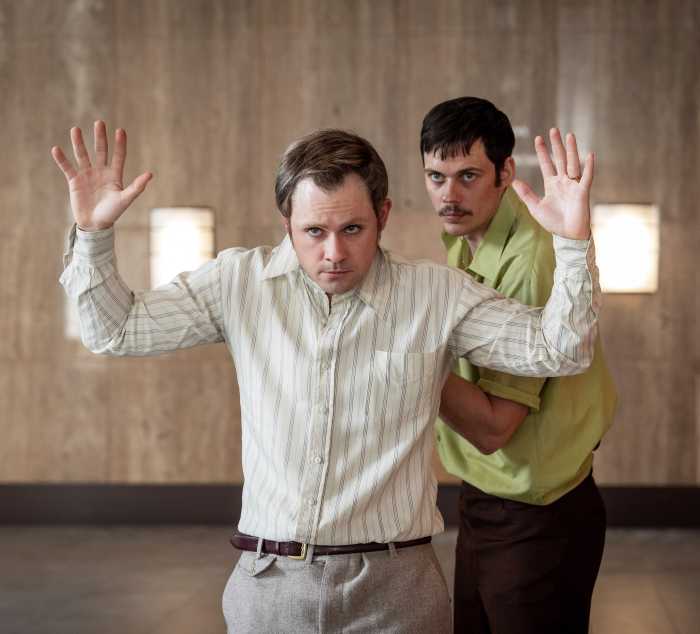A new exhibition memorializing the history of Jewish refugees in Shanghai during World War II is coming to New York City for two weeks starting on Tuesday, Aug. 1.
The free exhibition is part of the Shanghai Jewish Refugees Museum, based in Shanghai, that is coming to the U.S. A new film, theatrical shows, and musical performances revolving around the Shanghai-Jewish history are also expected in the coming months.
The exhibition, “Shanghai, Homeland One Upon a Time — Jewish Refugees and Shanghai,” will showcase more than 200 photographs and roughly 30 artifacts of replica memorabilia from the museum’s expanded collection. There will also be videos and personal stories from Jewish refugees and their descendants.
The cultural projects are intended to honor the legacy of 20,000 Jewish refugees who escaped Nazi persecution during World War II and found a rare safe haven in Shanghai. Founded in 2007 and originally built around the Ohel Moshe Synagogue, this will be the Shanghai Jewish Refugees Museum’s first overseas exhibition since its expansion in 2020.
Chen Jian, director of the Shanghai Jewish Refugees Museum, expressed his pride in building upon and strengthening connections between the Chinese and Jewish “Shanghailanders” who had found a new home in Shanghai.
“Sadly, there are few living representatives still available to share their experiences,” Chen said. “We’re particularly thrilled to bring this exhibition to New York City and are excited to see other initiatives being created that tell these stories in so many varied and interesting ways.”
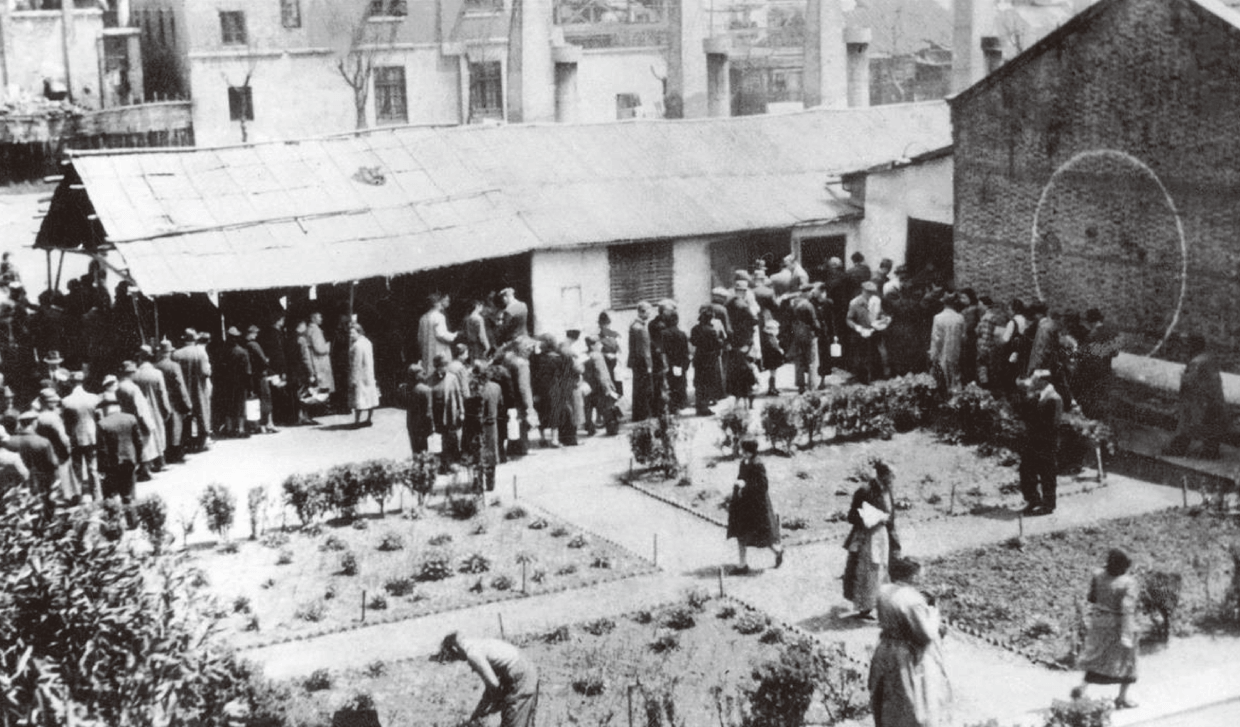
The exhibition will share six sections with historical backgrounds and personal narrations: “Fleeing to Shanghai,” “Starting a New Life,” “Bittersweet Memories,” “After the War,” “Special Bonds,” and “A New Look of the Homeland.” There will also be stories from several of the hundreds of Jewish musicians who contributed their repertoire to China’s musical landscape.
The exhibition’s opening ceremony is planned for Tuesday, Aug. 1 and will bring together Jewish and Chinese representatives, descendants of refugees, and special performances.
Cathy Barbash, a member of the International Advisory Council of the Shanghai Jewish Refugee Museum, re-traced her journey becoming a specialist in cultural exchanges between China and the United States. A native New Yorker and Jewish herself, Barbash was an orchestra manager who became interested in Chinese cultural affairs during her tours to China.
“Shanghai was the only place in the world that would accept the Jews,” Barbash told amNewYork Metro. “It was the one last place to survive.”
Lily Klebanoff Blake, who was born in Shanghai in 1942 and the third generation of her Jewish family to live in China, told amNewYork Metro that she looks forward to seeing how the exhibition in New York City will tell the story of families like her own.
“I’ve been to the Shanghai Jewish Refugees Museum and part of that used to be a synagogue, which was started by my uncle, Rabbi Ashkenazi,” Blake said.
Blake, who is now 81, recounted her parents settling into their neighborhood, the Shanghai French Concession, as part of a Russian Jewish community. Her mother would travel from their home to volunteer at a soup kitchen in the ghetto where the Jewish refugees stayed.
“My parents were very involved in the Jewish club and helping to support the refugees,” Blake said. “When they came to the U.S., my parent’s world was really made up of people from China.”
Blake emphasized the cordial relations between the Chinese natives and Jewish refugees, and the legacy of generations of Jews in China.
“There was never any discrimination against them,” Blake said. “People thought they could go back to Europe and then they started seeing lists of people who died or survived, and realized how horrible conditions were in Europe. As bad as things were in Shanghai, they really had been blessed to be there.”
Barbash, who has worked with China since 1993, pointed to the museum’s special role in Shanghai. She said that the New York City museum will be a pop-up, but that there are plans to develop more touring exhibitions.
“I really don’t know of another museum in China that lays out such a comprehensive story to draw in the viewer and to make them understand this period in history what it meant for society as a whole,” Barbash said.
From her many years of working in the fields and through her own Jewish identity, Barbash pointed to what she saw as “shared values” between Chinese and Jewish people that could have lent themselves to a more harmonious coexistence.
“First, the primacy of family,” Barbash said. “The loyalty and the care of family is so strong in both communities, and the very high value placed on learning in both cultures.”
Barbash said the museum and the touring exhibition are wonderful ways to continuing the relationship between the two worlds and cultures that may be different, but with an undeniable shared history and perhaps, future.
“This museum is very, very close to my heart,” Barbash said. “Only Shanghai was willing to take getting the Jews in at their time of extreme need.”
“It’s important in many ways and goes beyond the story of the refugees,” Blake added. “It’s a story that’s not well-known at all and needs to be told.”
Details At A Glance
What: “Shanghai, Homeland Once Upon a Time — Jewish Refugees and Shanghai” Exhibition
When: Aug. 1-14, 2023, 9 a.m. – 8 p.m.
Where: Fosun Plaza, 28 Liberty Street, New York, NY 10005
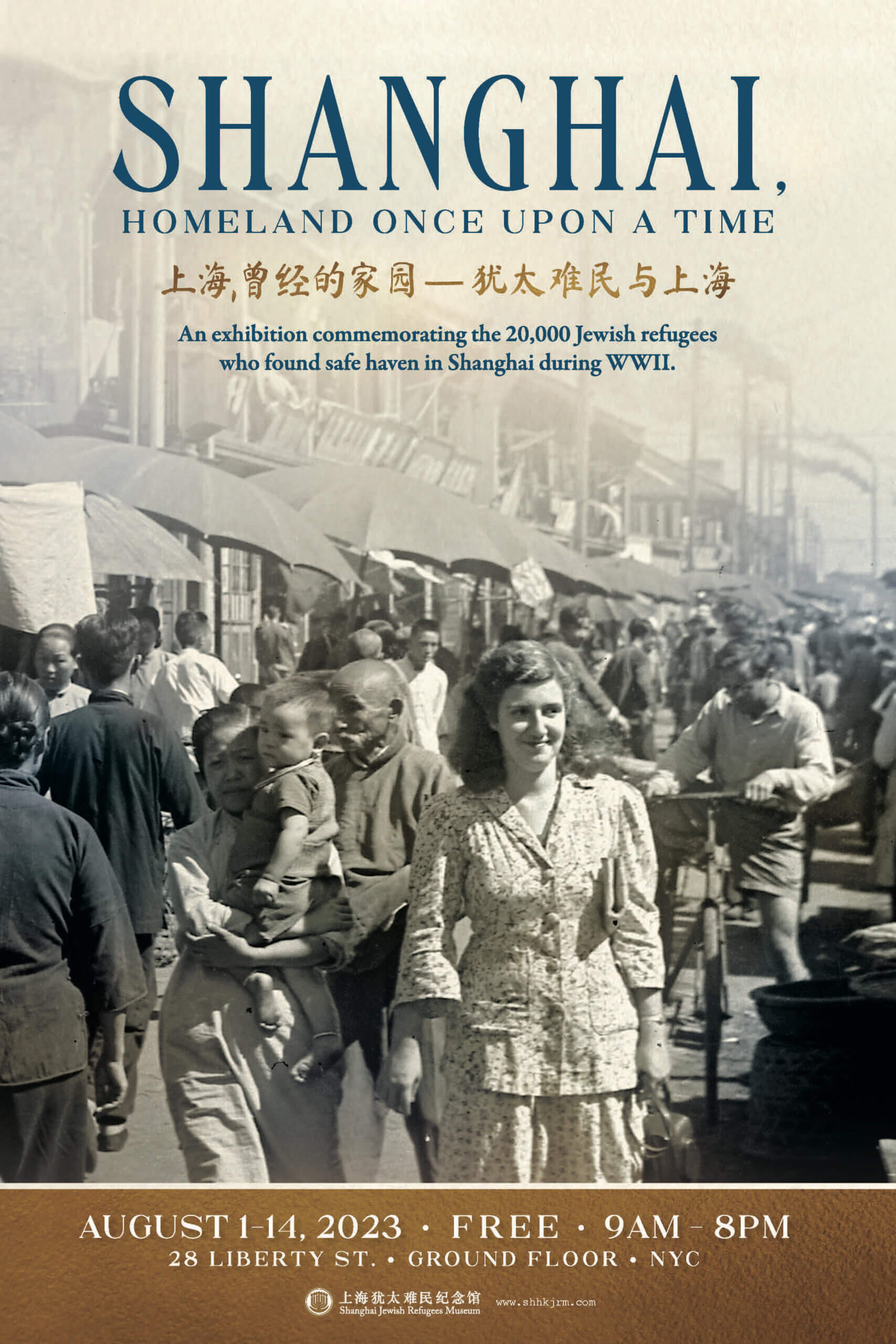
Read more: Rangers’ Artemi Panarin Found Guilty of Gun Offense in Russia



